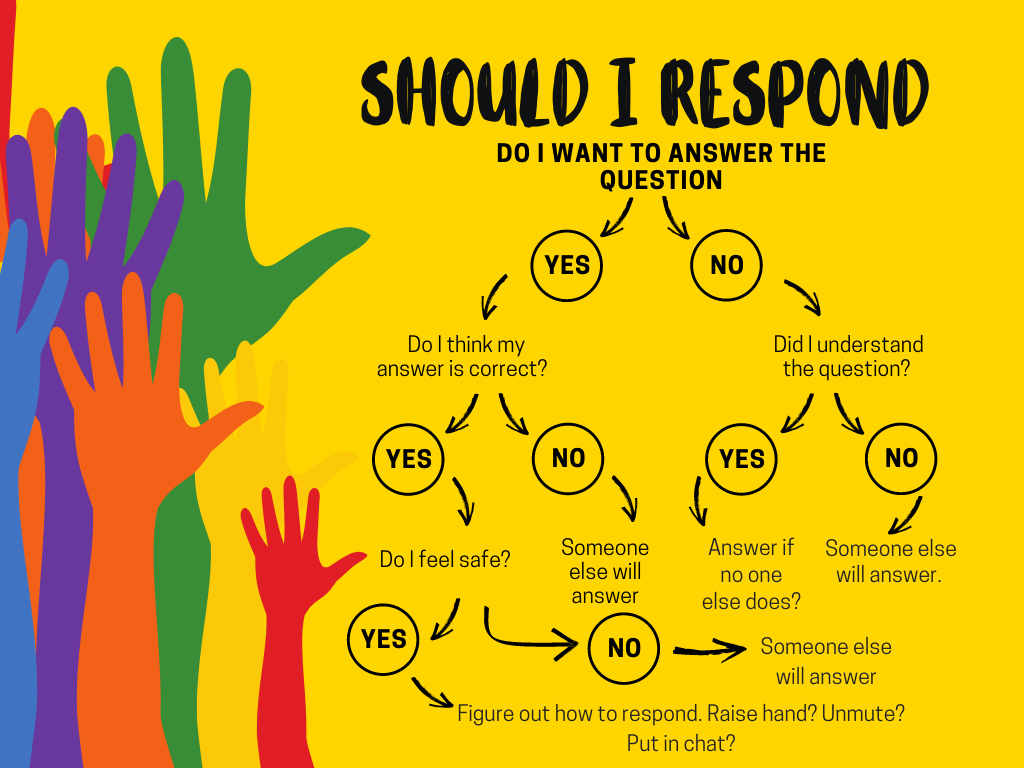
What happens after you ask a question in training?
Do you have multiple people eager to answer, scrambling over each other?
Or do you hear…nothing.
Just uncomfortable silence.
Our natural tendency is to fill that nothing with something. Usually our own words.
Do you do any of the following?
- Restate your question in another way?
- Answer the question yourself.
- Call on someone.
- Pause until there is a response.
In adult learning there is really only one correct answer.
That answer is silence. The Pause. It’s difficult. It’s uncomfortable. And it’s completely necessary.
The pause signals to the group that you intend for them to think. You want them to ponder the question. It also honors the system that we each go through prior to raising our hand (real or virtual) before we answer.
Before most people respond to a question in training they typically:
- Consider the question. What was the facilitator asking?
- Consider their answer. What do I think? Is that correct? Do I really believe that?
- Consider the social cost of answering (or not).
- Consider whether I feel safe.
- Consider how to respond. Do I raise my virtual hand? Do I wait until someone else speaks first? Do I raise my real hand? Do I just chime in?
- Use the response mechanism or choose to sit quietly.
That’s a lot to consider before a response.
If you, the facilitator, answer the question quickly, learners don’t have the opportunity to go through their answering process.
How do you honor the pause?
- Consider its importance. Your learner needs it. Honor that. Don’t get in the way of their process.
2. Count. Yes, count. Start at twenty and count backwards. It will give you something to do while learners ponder your question.
I’ve never reached zero. If you do get all the way to zero you might consider your question. Was it answerable? Are learners safe? Was it too difficult or too easy? Read more about the power of good questions.
Pausing will feel awkward. Guaranteed. But, learners will appreciate the time to think.
If the pause isn’t working for you, next week we’ll dive into a few more ideas to prod your learners to respond.
